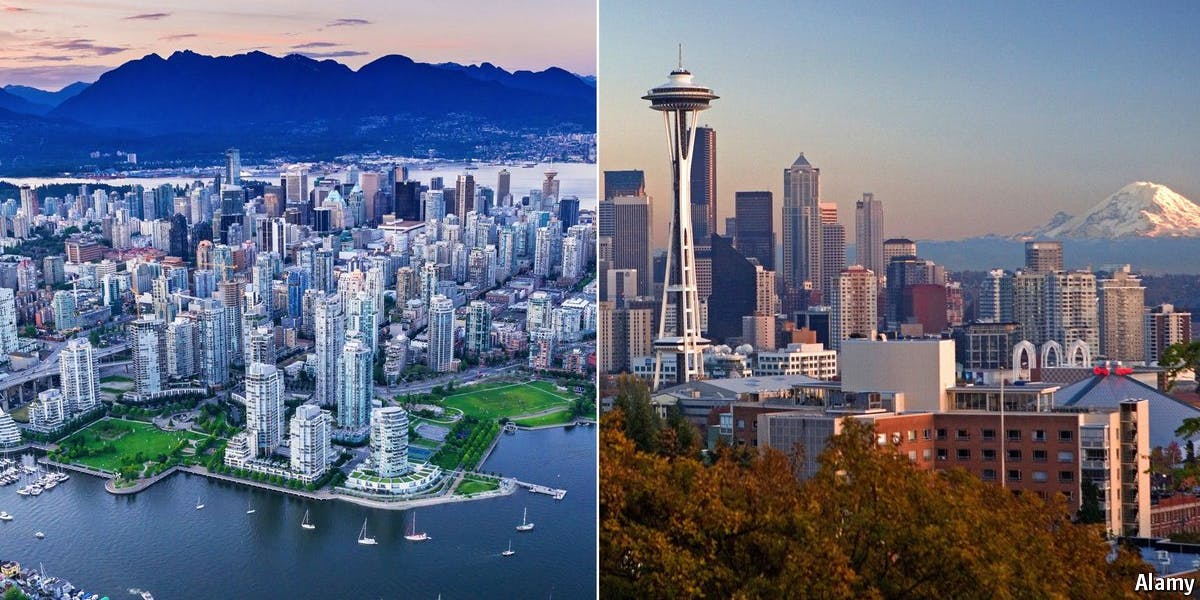
Introduction
Seattle, Washington, and Vancouver, British Columbia, have much in common beyond their Pacific Coast location. These dynamic, culturally vibrant cities are also hubs of innovation. In recent years, they have become meccas for some of the best and the brightest in leading economic sectors-those who, in the words of one regional business leader, "seek livability and proximity to nature as much as they do professional success."
Endowed with more than just an educated, skilled workforce, both cities are also known for their academic institutions and forward-thinking public policies. These assets have created a fertile environment for innovation. World-class companies- the likes of Microsoft, Amazon, Boeing, Telus, Electronic Arts, and Industrial Light & Magic-power regional innovation that has ignited growth in sectors such as software development, cloud computing, space exploration (in Seattle), and visual e fects and computer games (in Vancouver).
Yet although only 120 miles separate the two cities, data shows that their level of connectedness is more akin to cities that are 2,000 miles apart.1 Of the handful of companies that operate in both cities, most have a large presence in one and only a satellite footprint in the other. And local universities collaborate far more with distant domestic institutions than with each other; University of Washington researchers work more closely with their peers at 49 other universities than with those at neighboring University of British Columbia.2
A cross-border partnership can become the catalyst that advances economic prosperity across all income levels for both Greater Seattle and Greater Vancouver. As innovation increasingly drives economic growth and wealth creation, we believe it is time to take a fresh look at fostering the development of the Cascadia Innovation Corridor, a regional innovation zone.
This report explores the merits of regional collaboration and the potential for partnership between Seattle and Vancouver. (See the sidebar "About This Report.") We evaluate the new global landscape, analyze the two cities' strengths and opportunities, and share key learnings from other city collaborations. Finally, we lay out ideas for how a Seattle-Vancouver partnership may come to life.